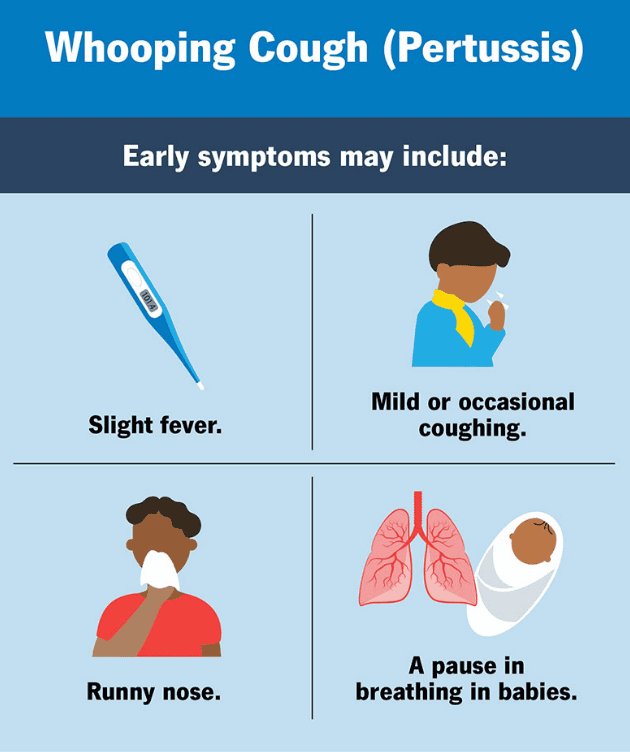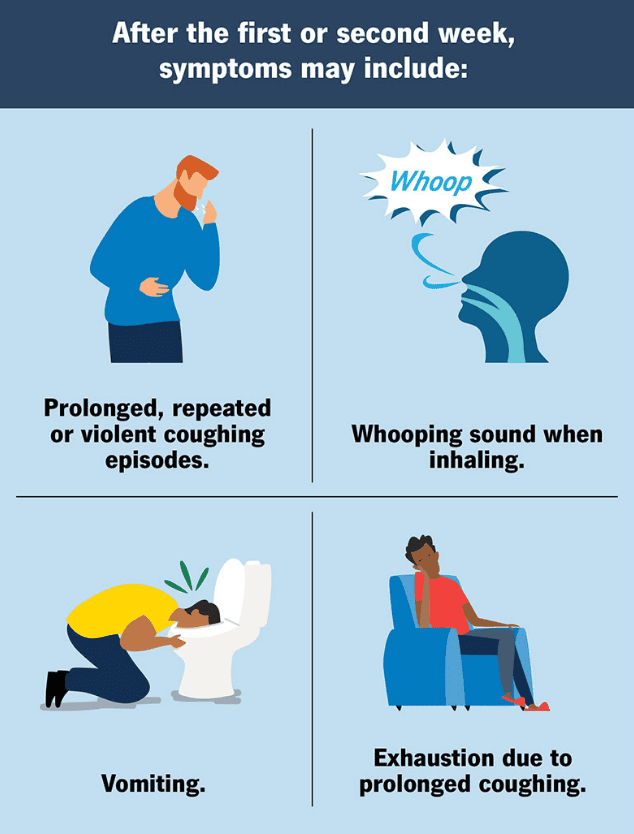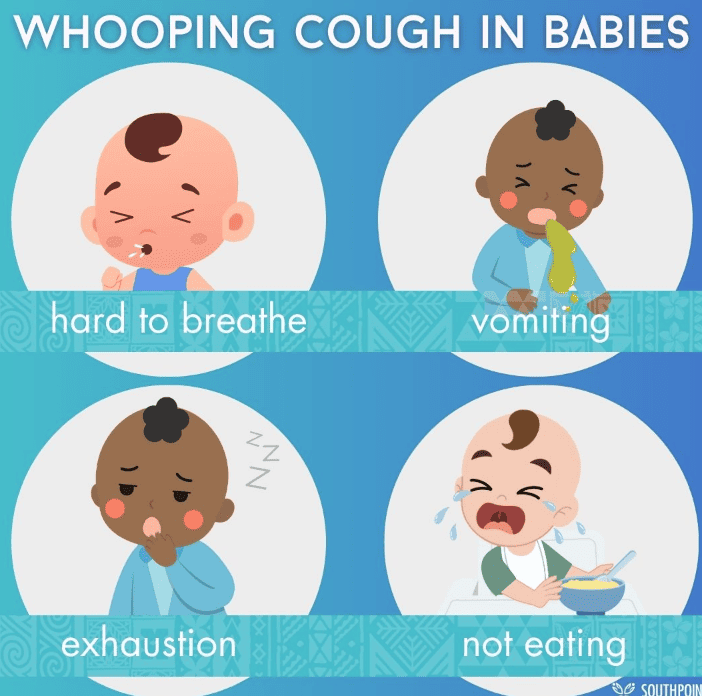Texas is currently experiencing four times as many whooping cough cases as it did at the same point last year, according to the state health department.
This year, the state has reported over 3,500 cases, marking the second year in a row with a significant rise in whooping cough instances.

While the number of cases is still high, experts note that the peak last winter appears to be passing and numbers are slowly trending downward.
However, due to the ongoing government shutdown, federal public health data systems haven’t been updated recently.
The latest CDC figures, which go up to the end of September, show that the U.S. has recorded at least 20,900 pertussis cases so far in 2025.
For comparison, at the same time last year, there were about 21,390 cases reported.
A key factor behind the recent surge seems to be a decline in vaccination rates. During the 2024 to 2025 school year, around 92.1% of kindergarteners received the whooping cough vaccine, down from a higher rate of 95% prior to the pandemic.
This decrease in immunization coverage is raising concerns among health officials, as it may be contributing to the rise in cases.
What Is Whooping Cough?
Whooping cough is a highly contagious bacterial infection that leads to a distinctive hacking cough.
Also known as pertussis, this illness often affects people whose immunity from the vaccine has waned over time.

At first, the symptoms tend to be mild and can even look like a regular cold.
Common early signs include a stuffy or runny nose, red eyes, a cough, and a slight fever.
As the disease progresses, these symptoms tend to worsen. Thick mucus builds up in the airways, leading to rapid, uncontrollable coughing fits.
These fits are often worse at night and can last for several weeks or even months.
During intense coughing episodes, individuals may experience extreme fatigue, a face that turns red or blue, a high-pitched whooping sound when they breathe in, and sometimes vomiting.

Instead, they might just have a persistent hacking cough.
In babies, the symptoms are different. They might not cough at all but instead struggle or gag when trying to breathe.
Their skin or nails can turn blue, and they may experience pauses in breathing called apnea, which can be life-threatening.








